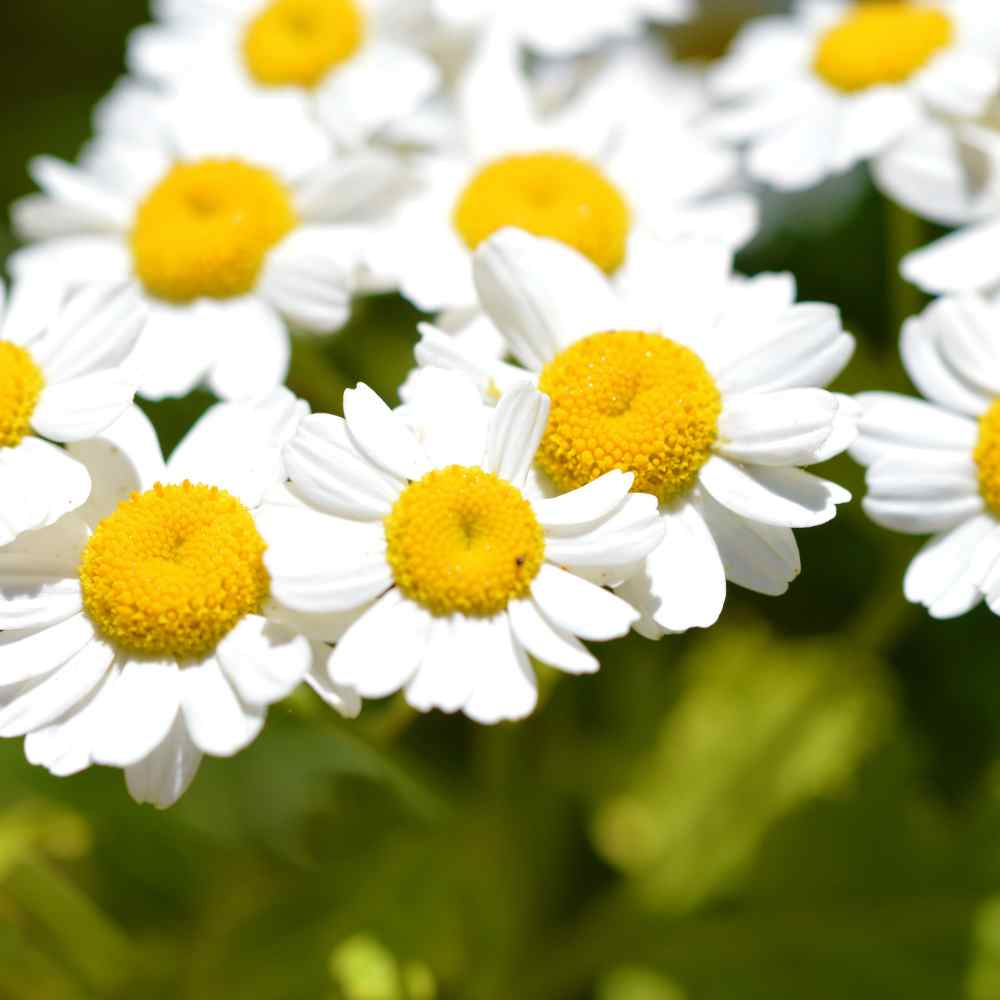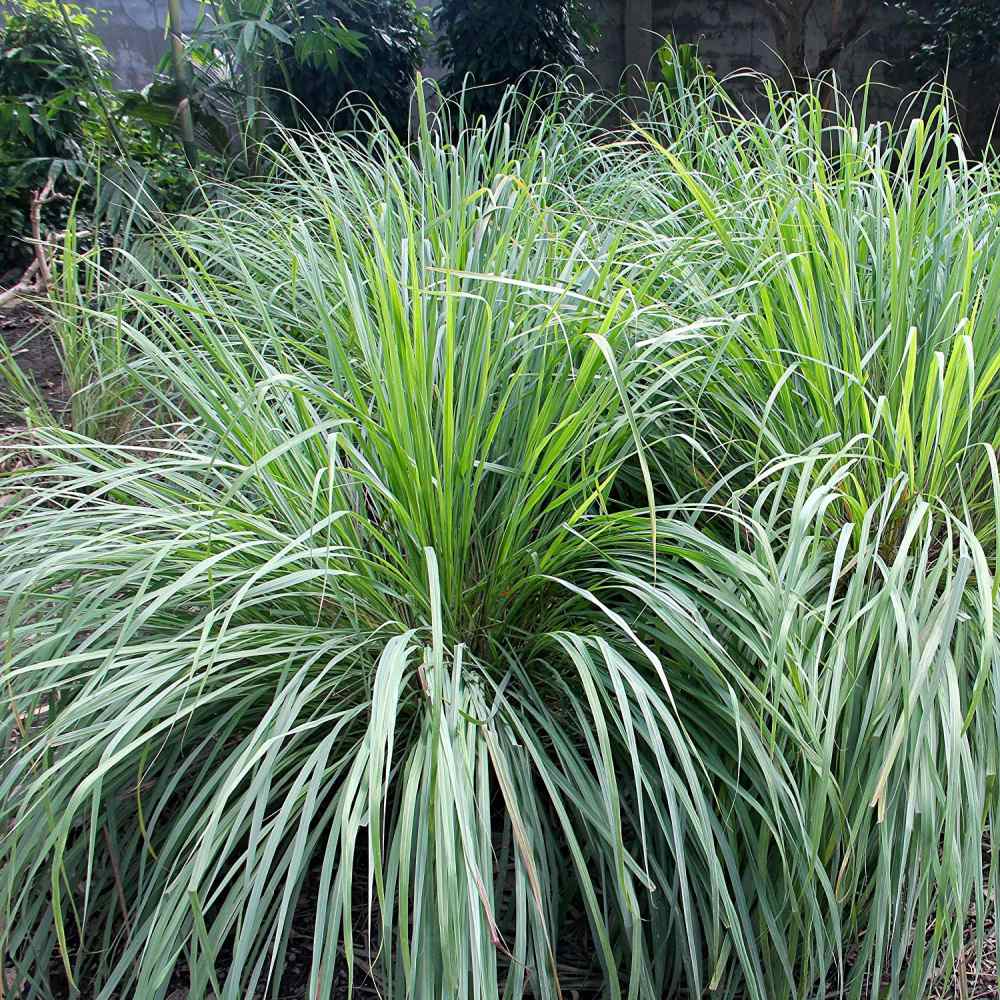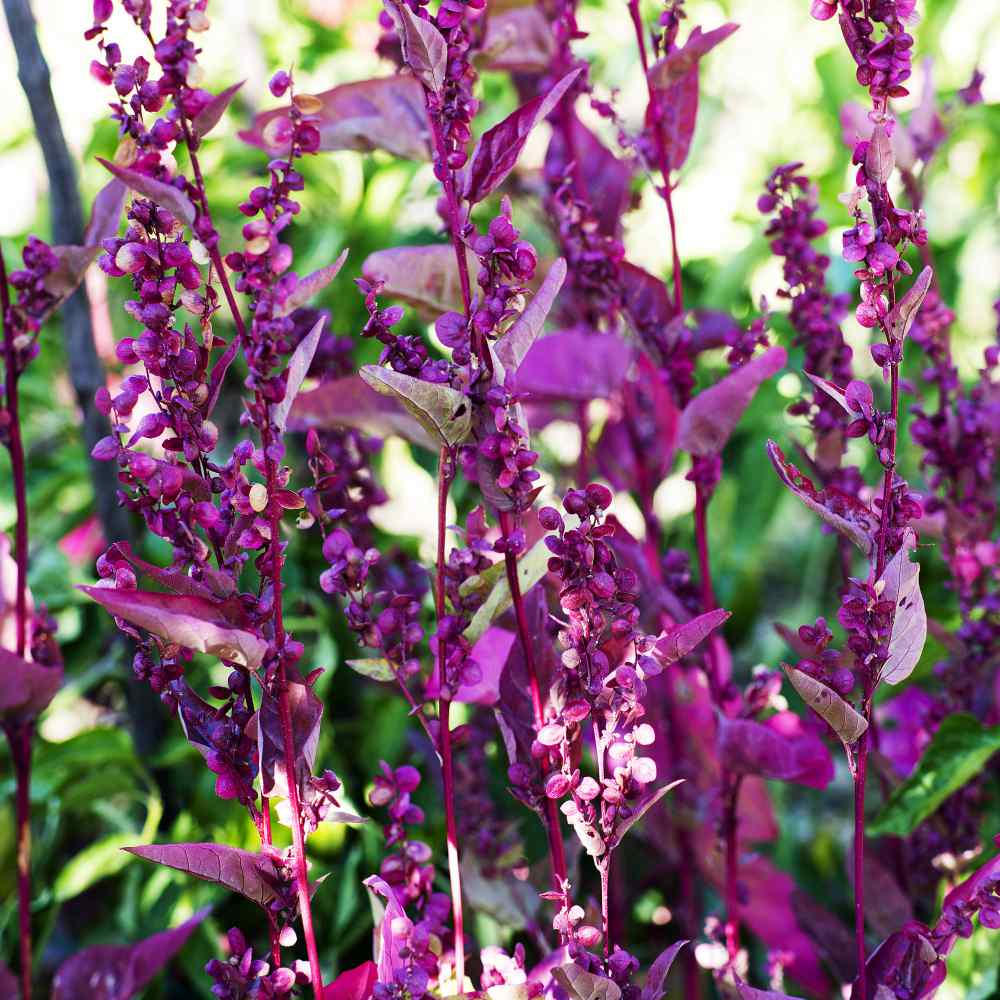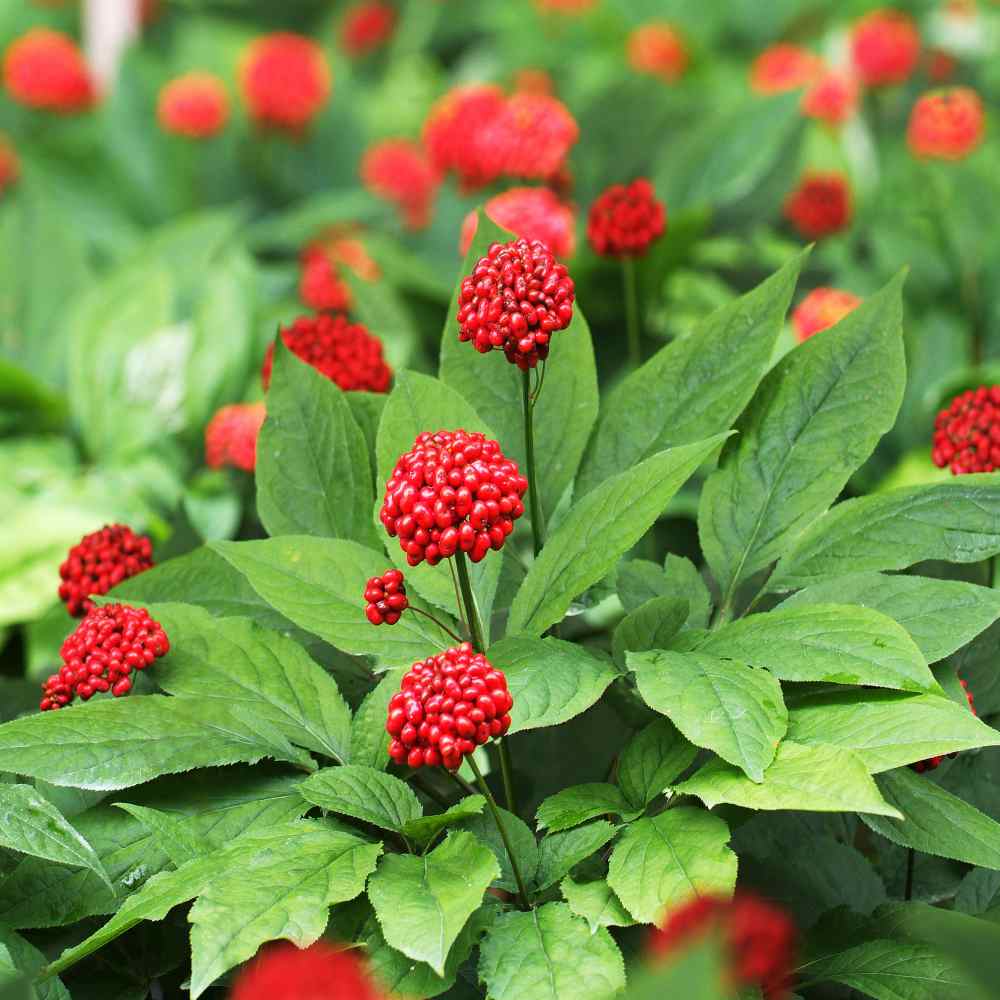
Arnica Planting and Care Guide
Quick Facts About Arnica
Also called Leopard's Bane, Wolf's Bane, Mountain Tobacco, and Mountain Arnica. Arnica montana is sometimes grown in herb gardens and has long been used medicinally. This daisy-like mountain flower can be used for: bruises, sprains, soreness and swelling/muscle spasms from sports activity; arthritis set off by seasonal change.
Planting Time
If planting directly outdoors, sow the seeds loosely over prepared soil in the late summer: cover lightly with fine soil or sand. If starting the seeds indoors, plant them in pots a few months before the growing season begins. Place in a bright area.

Planting Location
Grow in full sun to partial shade in acidic soils, avoid lime.
How to Plant Arnica
- If planting directly outdoors, sow the seeds loosely over prepared soil in the late summer: cover lightly with fine soil or sand. If starting the seeds indoors, plant them in pots a few months before the growing season begins.
- Place in a bright area.
- 2- 3 seeds per pot.
- Cover 1/8 inch with fine soil or sand.
- Germination should occur in approximately 21 - 28 days.
- Keep seeds moist but not wet until germination.
- As soon as seedlings emerge, provide plenty of light on a sunny windowsill or grow seedlings to the 3 leaf stage beneath fluorescent plant lights turned on 16 hours per day, off for 8 hours at night. Raise the lights as the plants grow taller. (Transplant to larger pots once they are large enough to handle if needed) Incandescent bulbs will not work for this process because they will get too hot. Most plants require a dark period to grow, do not leave lights on for 24 hours.
- Before transplanting, seedlings need to be “hardened off”. Accustom young plants to outdoor conditions by moving them to a sheltered place outside for a week. Be sure to protect them from wind and hot sun at first. If frost threatens at night, cover or bring containers indoors, then take them out again in the morning. This hardening off process toughens the plant’s cell structure and reduces transplant shock and scalding.
- Transplant after all danger of frost has passed.
- When transplanting select a location in full sun to partial shade.
- Prepare the planting area by turning the soil under to a depth of 8 inches. Level with a rake to remove clumps of grass and stones.
- Plant seedlings 24 inches apart.

Care And Maintenance
- Keep weeds under control during the growing season. Weeds compete with plants for water, space and nutrients, so control them by either cultivating often or use a mulch to prevent their seeds from germinating.
- Provide water to arnica when the top inch of the surrounding soil is dry. Don’t allow arnica to become too dry as its not drought resistant.
- As the arnica flowers die off, you must deadhead the plant to extend bloom season.
- Well-established plants can be propagated in the spring by divisions or cuttings.




































